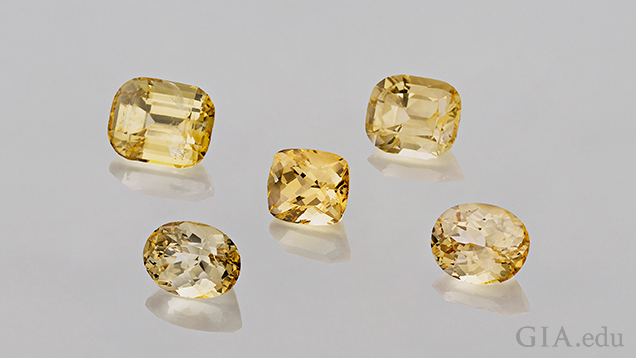Manhattan Chapter: Laboratory Trends and Updates
Thursday, December 5, 2019
6:00 – 7:00 p.m. Refreshments & Networking
7:00 – 8:00 p.m. Lecture
Phillips Auction Gallery
450 Park Ave at 57th Street
New York, NY 10022, U.S.

Join us for an evening of education, refreshments and networking at the Phillips Auction Gallery. Christopher Smith, GIA GG™, FGS will present on heated sapphires with unstable color centers. Sapphires exhibiting a color-shift (also known as tenebrescence), after exposure to UV light and heat have become an increasingly important topic. Such stones gained a heightened profile when some exhibiting a very nice Padparadscha type color had their color shift when the orangey color component faded, leaving a pink sapphire. Additionally, we will discuss some of the general trends that the laboratory has been seeing develop through its work with the colored stone industry at large. There will also be free forum discussion at the end for the audience to ask questions.
Christopher Smith, a 32-year veteran of the gem and jewelry industry, began his career at the GIA Laboratory in 1986. In 1991, he went to work for the Gübelin Laboratory of Luzern, Switzerland, where he eventually became director of the laboratory. Smith returned to the GIA Laboratory in 2003 in New York as director of Identification Services, and he joined the American Gemological Laboratories (AGL) as vice president and chief gemologist in 2006. He became president and owner of AGL in 2009.



